In today’s fast-evolving jewelry landscape, the lines between manufacturers, wholesalers, and consumers are blurring. Modern jewelry brands are no longer content to stay behind the scenes — they are stepping into the spotlight. The transition from craft to brand has become a defining movement in the industry, giving manufacturers a unique opportunity to connect directly with customers, tell their story, and shape their identity.
1. The Power of Direct-to-Consumer (D2C)
The rise of the digital marketplace has redefined how jewelry reaches buyers. Instead of relying solely on retailers, manufacturers now use direct-to-consumer strategies to build brand awareness and customer loyalty. Through e-commerce platforms, social media, and digital storytelling, manufacturers can now showcase their craftsmanship, transparency, and value directly to the end user — something that was previously only possible through retail intermediaries.
2. Storytelling as a Marketing Superpower
Every piece of jewelry has a story — the inspiration behind its design, the technology used to perfect it, and the craftsmanship that brings it to life. Consumers today want to buy meaning, not just metal and stones. By sharing behind-the-scenes stories — from sketch to sparkle — manufacturers can transform their production expertise into emotional connections that drive loyalty and trust.
3. Leveraging Digital Platforms
Social media isn’t just a display window — it’s a dynamic marketplace. Platforms like Instagram, Pinterest, and YouTube are where aesthetics meet aspiration. Manufacturers can use these tools to highlight precision techniques, showcase trending collections, and engage audiences with reels, 3D renders, and influencer collaborations. The goal is to let customers experience the artistry virtually before owning it physically.
4. Transparency Builds Trust
Today’s consumers demand authenticity. By being transparent about sourcing, sustainability, and production methods, jewelry manufacturers can differentiate themselves from mass-market brands. Sharing certifications, ethical practices, and sustainable innovations adds credibility and elevates brand value in a competitive market.
5. The Future: Craft Meets Community
The jewelry industry’s future belongs to brands that combine craftsmanship with community. Building a loyal base of followers who appreciate design integrity, technological innovation, and ethical practices ensures that the brand’s story continues to shine — generation after generation.
Conclusion
The journey from craft to brand is not just about marketing — it’s about evolution. It’s about shifting from being a manufacturer to becoming a creator of experiences. For jewelry visionaries like Niraj Choksi, this transformation represents a future where artistry, technology, and storytelling merge — creating brands that are as timeless as the jewelry they make.




